Our Objective
Our objective is to buy the components at a competitive price while meeting the quality & delivery needs of our customer and keeping the risk of business disruption low.
Here are some of the ways we reach that objective.
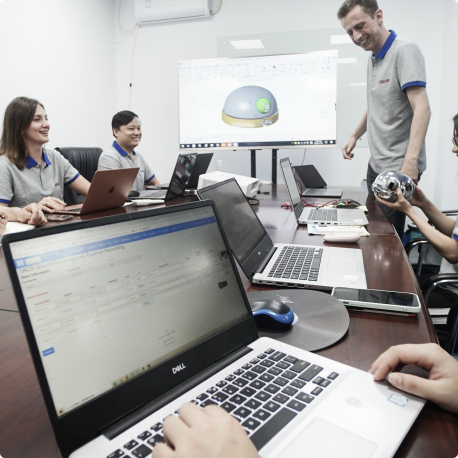
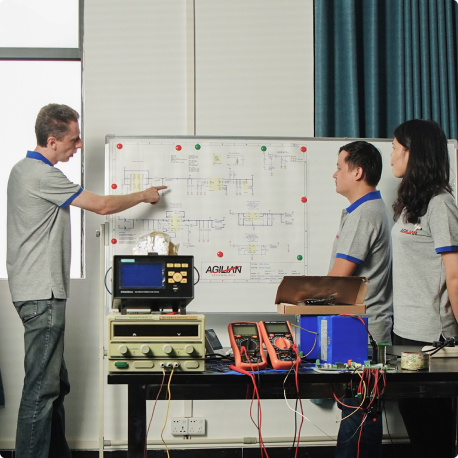
DFM reviews
During the product design stage, we generally work with our customers to do “Design For Manufacturing” and “Design For Procurement” reviews. We help them simplify the product if that’s possible. We try to find ways to use standard parts, as that comes with lower risk. When possible, we suggest reducing the number of parts, too.
All this is quite helpful in improving metrics on quality, cost, and on-time delivery.
Development of custom parts
The development of custom parts has to be planned and managed in a very hands-on manner. We start with a feasibility study and a discussion with the supplier, to make sure all is clear and to identify potential derailers. We follow up closely on their prototyping & pilot runs. It depends on how technically immature & complex the process is.
Our approved supplier list
We have a list of approved suppliers in our ERP, with the history of their past performance. We try to re-use good and proven suppliers wherever it makes sense. Consolidating our buying power allows us to get better service, and sometimes better pricing, from those suppliers.
Sourcing of new components, the principle of payment & transparency
All the sourcing work is done as a paid service, and our customer gets all the information (full bill of materials with supplier names, prices and MOQs, etc.). That’s based on our principle of transparency. We set up the supply chain for our customer’s product, so it is THEIR, not OUR, supply chain. Ensuring transparency, for example about where parts are sent for surface treatment, is an everyday battle in China.
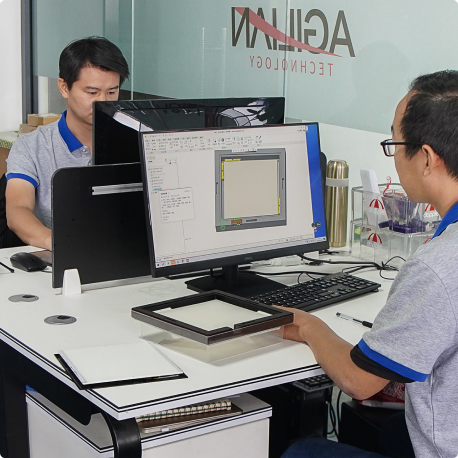
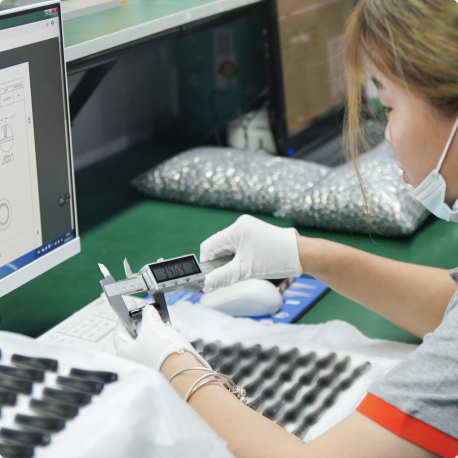
Conducting the right kind of audits for your needs
To qualify a new supplier, we conduct different types of audits, depending on the type of factory (small vs. large, for single-sourced items, for parts that will need to be custom-developed…). And we obviously pay more attention to critical parts (e.g. enclosure, display) rather than common standard parts (e.g. screws). This is in addition to our project manager’s subjective impressions about the supplier’s understanding and motivation about the project, about their desire to learn and improve, etc.
Incoming QC on every batch
We conduct incoming QC inspections on every batch, to detect when a part was made in a substandard or very inconsistent manner. Our ‘material review board’, composed of representatives of R&D, production, purchasing, and the project manager, makes decisions on difficult cases and keeps the customer up to date. In some cases, when production cannot be delayed, we have to sort 100% of the components on the assembly lines. Our purchasers issue claims to suppliers and handle difficult conversations when needed.
Keeping tabs on supplier performance with regular follow ups
Regular followup on suppliers performance is quite important. We regularly review the most common sources of quality issues and delays, and we give feedback to suppliers so they improve. We provide information and data to our customers so they make the right decisions – for example, an engineering change on their product design, developing a backup supplier for a critical part, or switching to a new supplier when the current source is doing a bad job.
Reducing environmental impact
On some projects, we work with the suppliers to reduce the environmental impact of their productions so you’re able to use materials and components which adhere to stricter environmental and sustainability standards. We have the skills to do so due to being BSI ISO 14001 certified for environmental management.
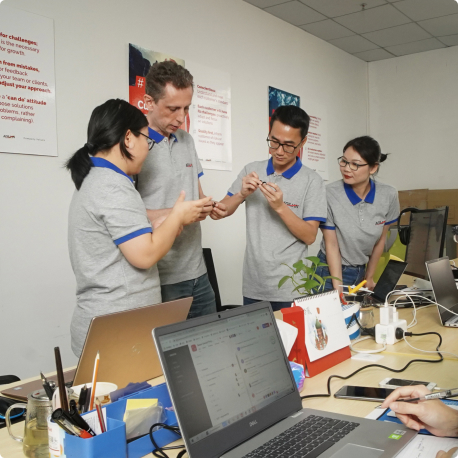
To help our customers and manufacture their great products, we have to set up your supply chain. It is as important as confirming the tooling, product compliance & reliability, and other pre-production activities. If one key supplier doesn’t deliver good products, production activities are severely impacted.
Our objective
Our objective is to buy your components at a competitive price while meeting your quality & delivery needs and keeping the risk of business disruption low. Here are some of the ways we reach that objective:
During the product design stage, we generally work with our customers to do “Design For Manufacturing” and “Design For Procurement” reviews. We help them simplify the product if that’s possible. We try to find ways to use standard parts, as that comes with lower risk. When possible, we suggest reducing the number of parts, too.
All this is quite helpful in improving metrics on quality, cost, and on-time delivery.
We have a list of approved suppliers in our ERP, with the history of their past performance. We try to re-use good and proven suppliers wherever it makes sense. Consolidating our buying power allows us to get better service, and sometimes better pricing, from those suppliers.



